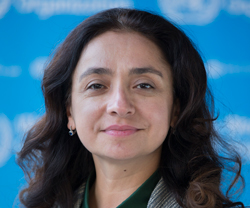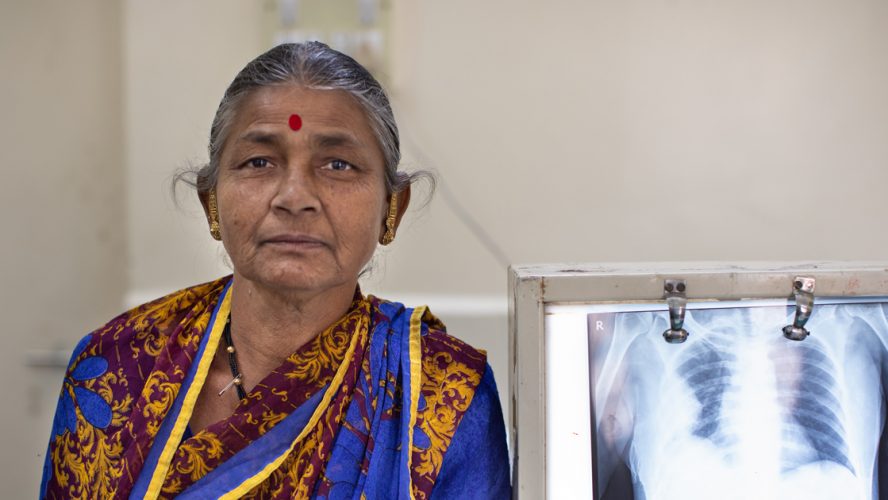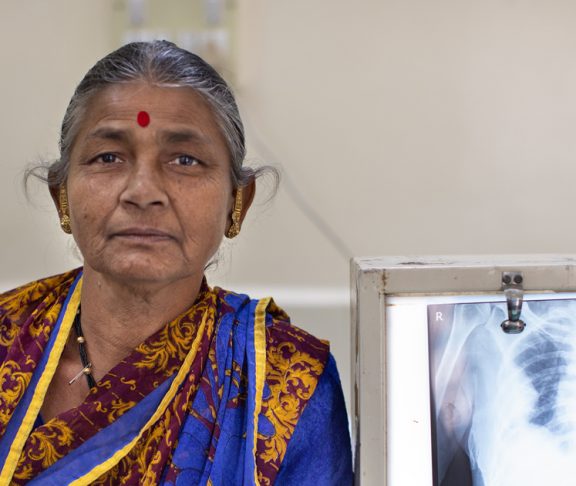
Dr Tereza Kasaeva
Director, World Health Organization Global Tuberculosis Programme
If the world is to get anywhere near ending TB, a disease that killed more than 1.5 million people in 2018, something significant needs to change.
TB remains the world’s leading infectious killer and yet, in the last 50 years, only three new drugs and regimes have been developed to combat the disease.
“What we need is more research and more tools in the pipeline; better diagnostics, more effective vaccines, and safer, shorter drug regimes,” explains Dr Tereza Kasaeva, Director of the World Health Organization Global Tuberculosis Programme.
Global leaders have committed to making TB research a priority, but commitments need to be backed up by financial investment. “Research is chronically underfunded,” continues Kasaeva. “We need to double the current level of investment to reach the annual target of US$2bn, which is required to meaningfully advance TB research and innovation.”
Breakthrough on the horizon
Kasaeva hopes that a recent breakthrough in the development of a new TB vaccine could help to accelerate progress. At the end of 2019, researchers confirmed that a vaccine candidate found to be effective in treating individuals with latent TB infection was ready to enter phase three clinical trial.
If successful, the vaccine could be available within six to seven years. Considering that around a quarter of the world’s population have latent TB, this has the potential to revolutionise preventative treatment. But a vaccine alone won’t solve the global TB crisis.
Despite the many challenges, there is fresh optimism within the TB community who are seeking new approaches to innovate solutions.
Research is everyone’s concern
“There’s the impression that research is a luxury that belongs to the scientists and institutions, but our reality is changing. It must be driven by the interests of our patients who are dying every day,” says Kasaeva. “The broader TB community including civil society should be engaged in design and implementation of research and data sharing.”
That innovation needs to lead to developments in prevention, diagnosis and treatment that can easily be accessed and implemented by communities who bear the highest burden of TB – most of whom are desperately poor.
For example, fast, accurate diagnostic tests do exist, but they are not widely accessible to all who need them. Unless affordable, rapid point-of-care diagnostic tests become available, people with TB will continue to access care late leading to increased transmission, be misdiagnosed, and have bad outcomes including loss of life.
When it comes to treatment, the World Health Organization has released new recommendations on better treatment options for drug-resistant TB, but these still need to be widely rolled out. Importantly, the world needs newer, safer, more effective drugs that work much faster, too. Currently, the shortest treatment cycle is six months for drug-susceptible TB, with even longer duration for drug-resistant TB. Of the half a million individuals with multidrug-resistant TB, only one in three is receiving treatment.
Collaboration is essential
Despite the many challenges, there is fresh optimism within the TB community who are seeking new approaches to innovate solutions.
WHO is currently spearheading efforts to develop and roll-out a new Global Strategy on TB Research and Innovation to create an enabling environment for research, optimise global data sharing and analysis, increase investments and ensure equitable access to the benefits of research and innovation. As part of this, Kasaeva is keen to support greater collaboration between the countries that bear the greatest TB burden. Their engagement is essential in ensuring that the needs of patients remain central to all innovations and developments.
“Sometimes it’s difficult to find sufficient domestic resources, but we have promising models of collaboration led by high burden countries such as the BRICS TB Research Network,” says Kasaeva. “They have made progress in analysing priorities and research. It’s a model that we’re seeing other countries following.”
If we’re going to break the stronghold of TB, a killer that has ravaged the world for centuries, our approach needs to change with research and innovation playing a more integral role.

